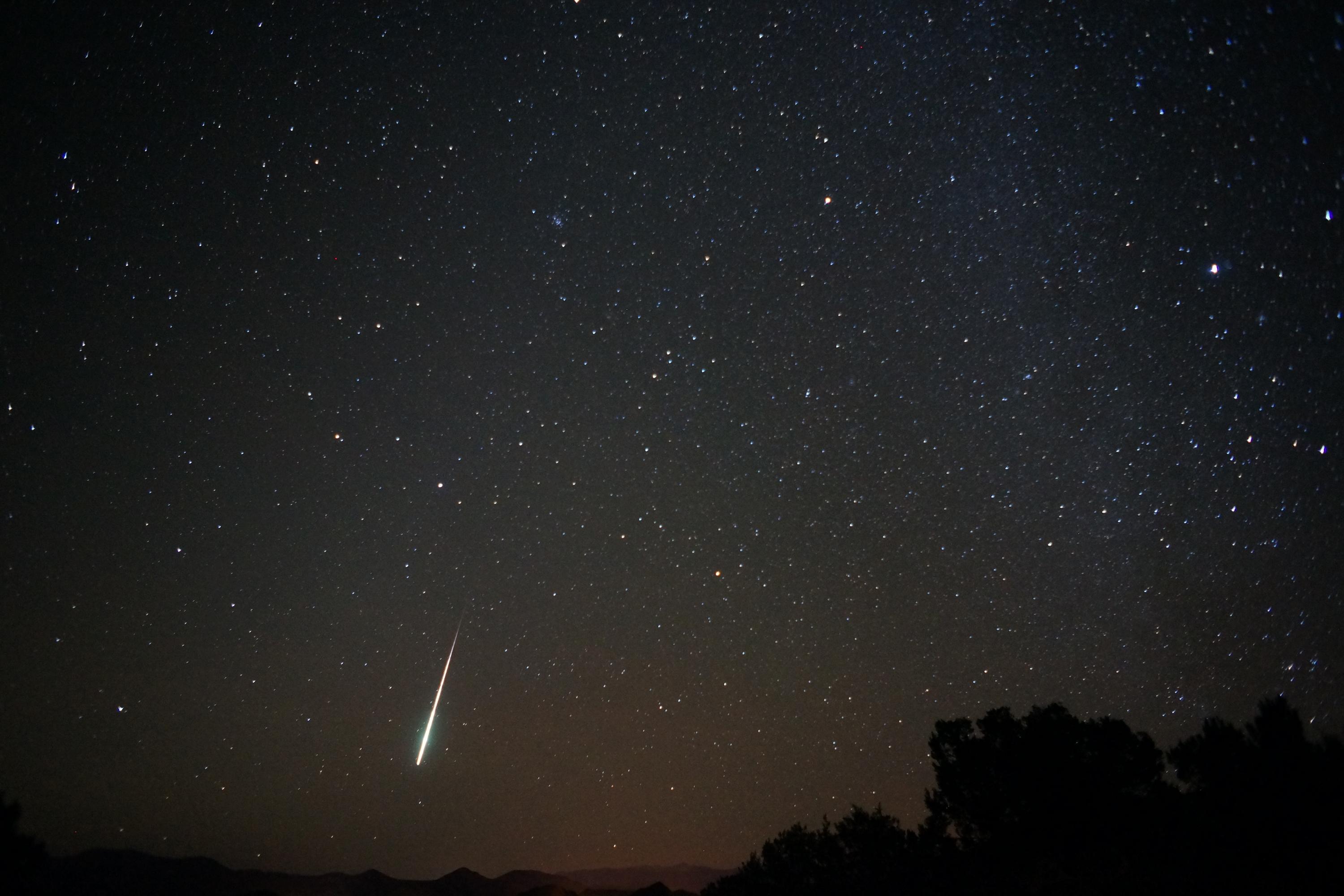
The Southern Taurids and the Draconids meteor showers are active and will be the most visible this week.
The Draconids will be most visible Tuesday evening. It’s a variable shower that has occasional outbursts of activity when its parent comet passes through the inner solar system, according to the American Meteor Society.
In 2018, Earth encountered more debris than usual, and people living in western Europe and the eastern U.S. witnessed rates of nearly 100 per hour.
There will not be as much activity as last year — but the Draconids will still likely throw off a few meteors per hour.
The Southern Taurids are generally most visible through the end of the year. There are three periods when the Taurids produce more activity than usual, and one is this Thursday, according to the American Meteor Society. The other dates include Oct. 29 - Nov. 3, as well as Nov. 15. All three of these periods have hourly rates of five when normal rates are closer to three an hour.
Both the Southern Taurids and the Draconids are different than most major annual showers because they produce slow meteors that often fragment.
The Southern Taurids are a source of fireballs, which are meteors that are brighter than any objects excluding the moon and the sun. This is especially apparent in the late October to early November peak.
Draconids can be best seen when it first gets dark. The Southern Taurids are visible all night long — but the best viewing is around 2 a.m. Mountain Standard Time.
Fabio Mezzalira, a lab coordinator at the Sommers-Bausch Observatory at the University of Colorado Boulder, said now is the time to break out the camera.
“If you have a camera that can take long exposures, you can set up the camera to just sit there and have the camera take a five-minute exposure and point it to the North Star,” Mezzarila said. “What will happen is that you’ll see star trails because of the Earth’s rotation.”









